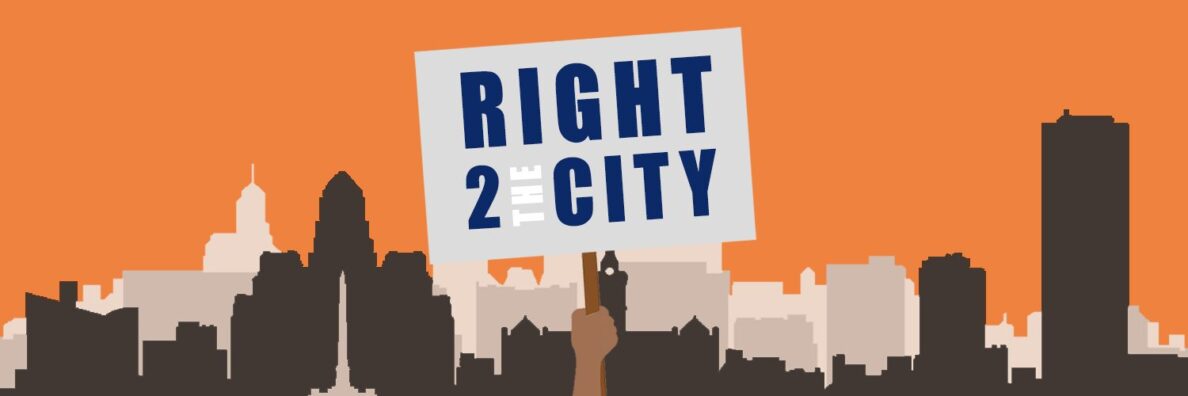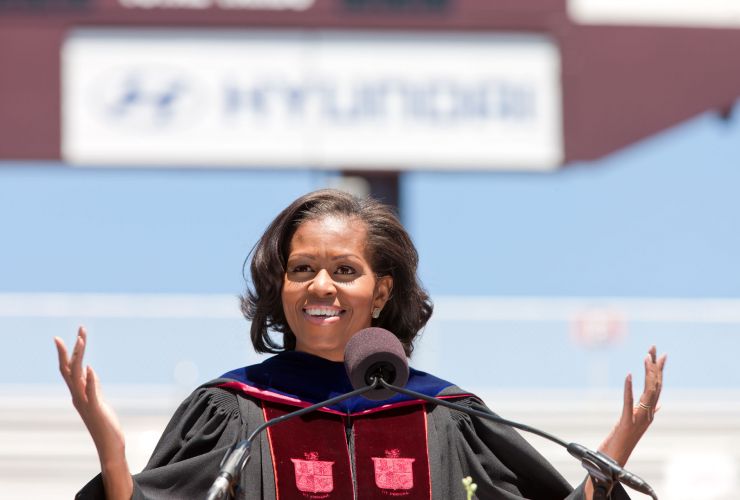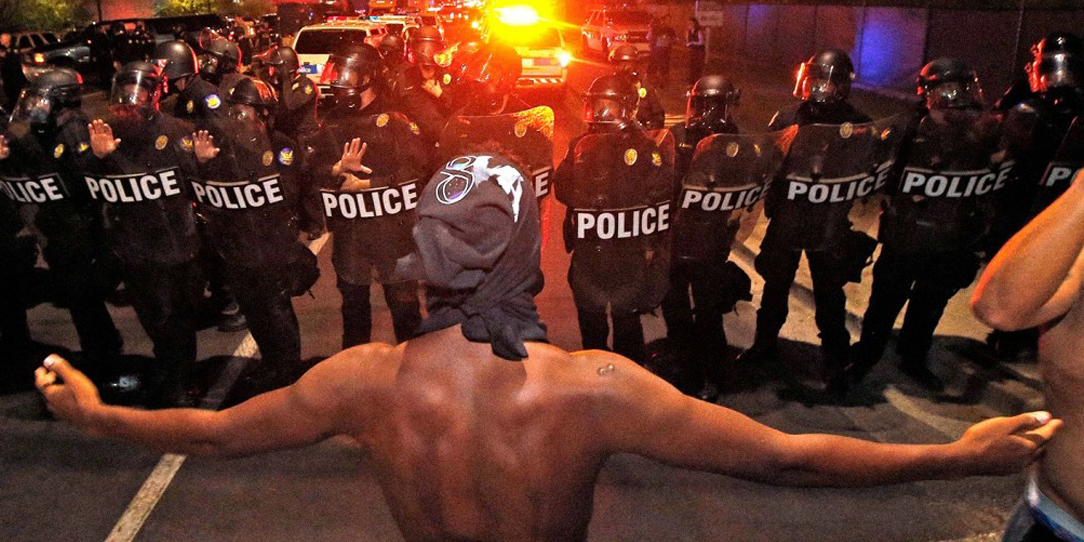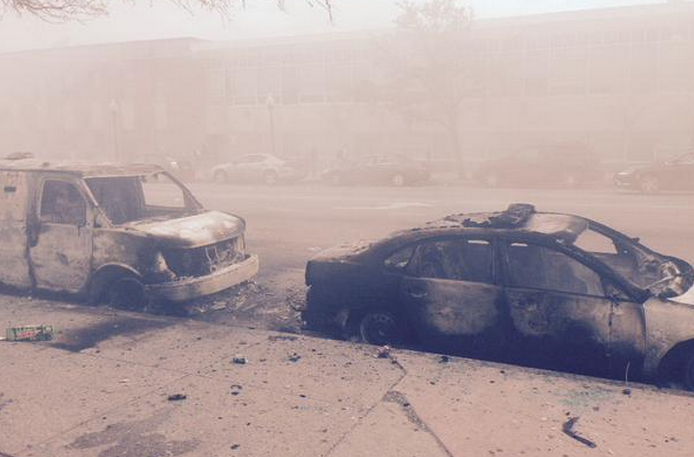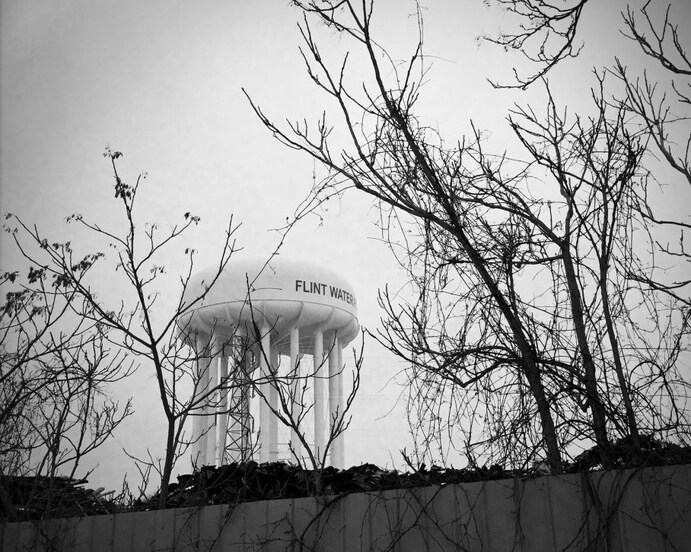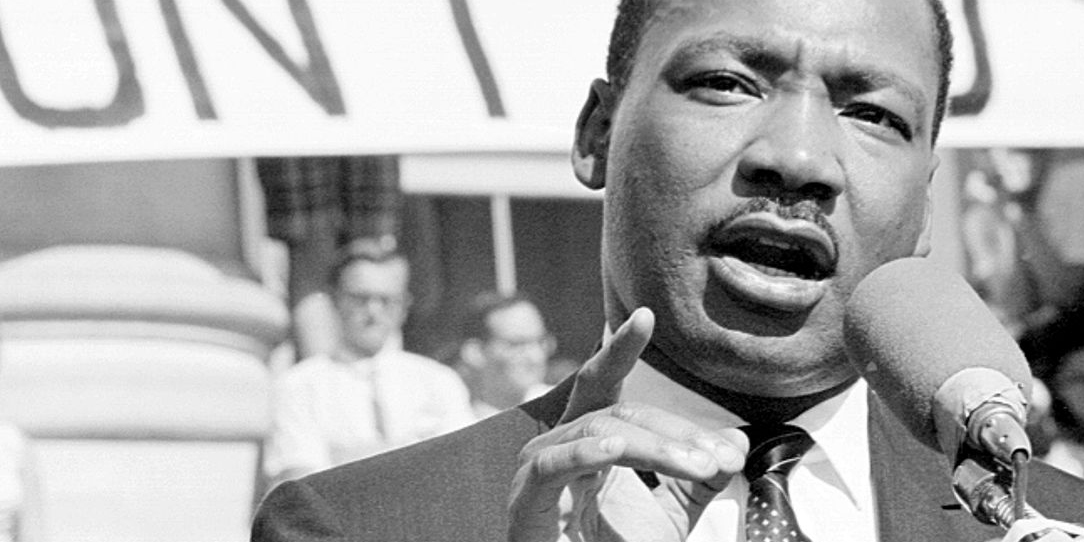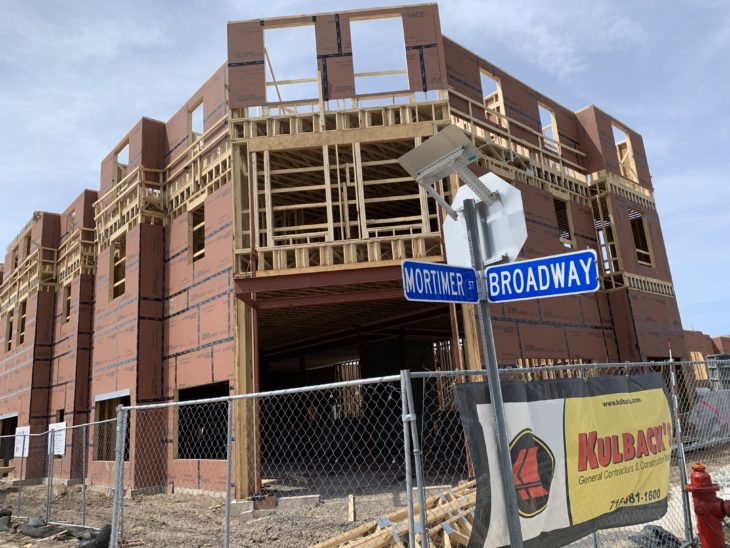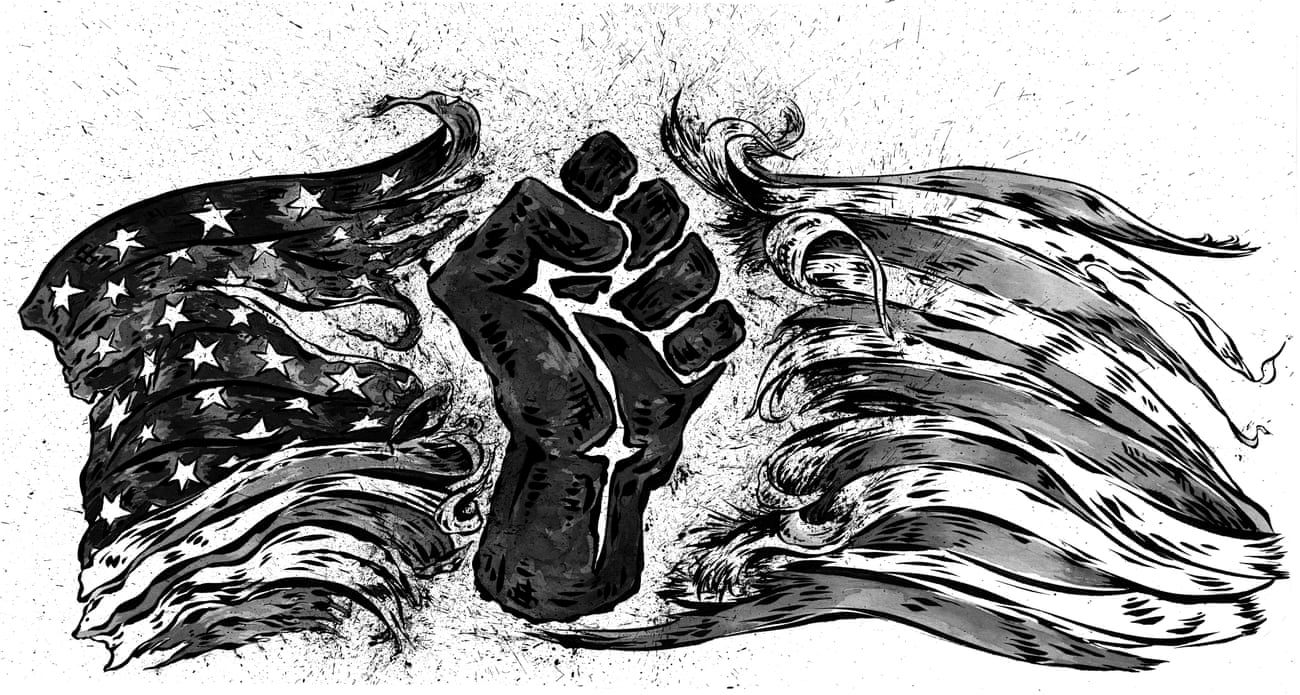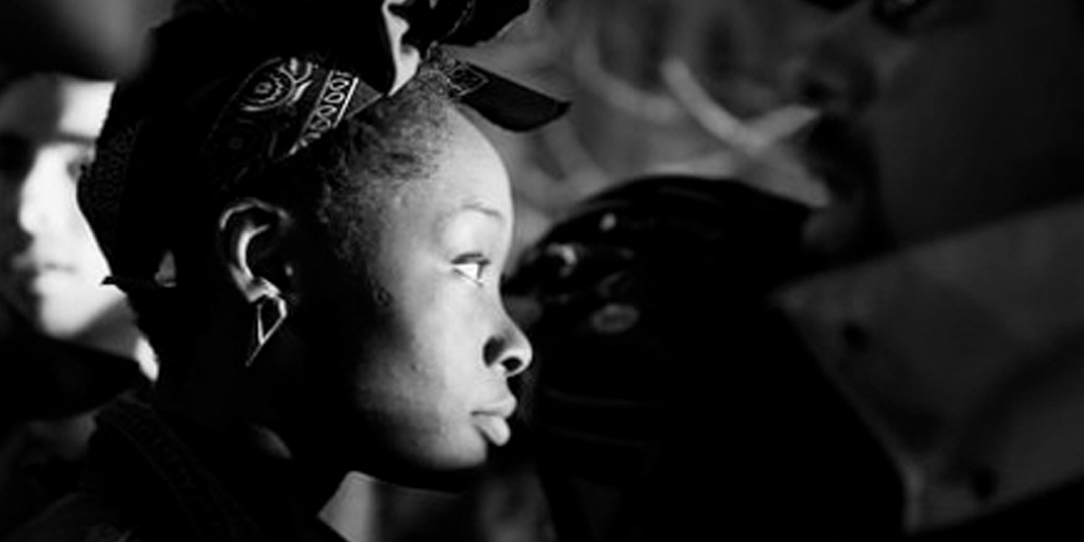Scammer isn’t the real source of blight on Buffalo’s East Side
By Henry-Louis Taylor, Jr.
“According to The News, HouHou and his investors littered and left the city’s communities with boarded-up and vacant, deteriorating, demolished, burned-down and vandalized houses. First and foremost, these neighborhoods were blighted long before HouHou came to Buffalo. Blight does not happen overnight or even in a few years. Neighborhood decline takes decades.”
